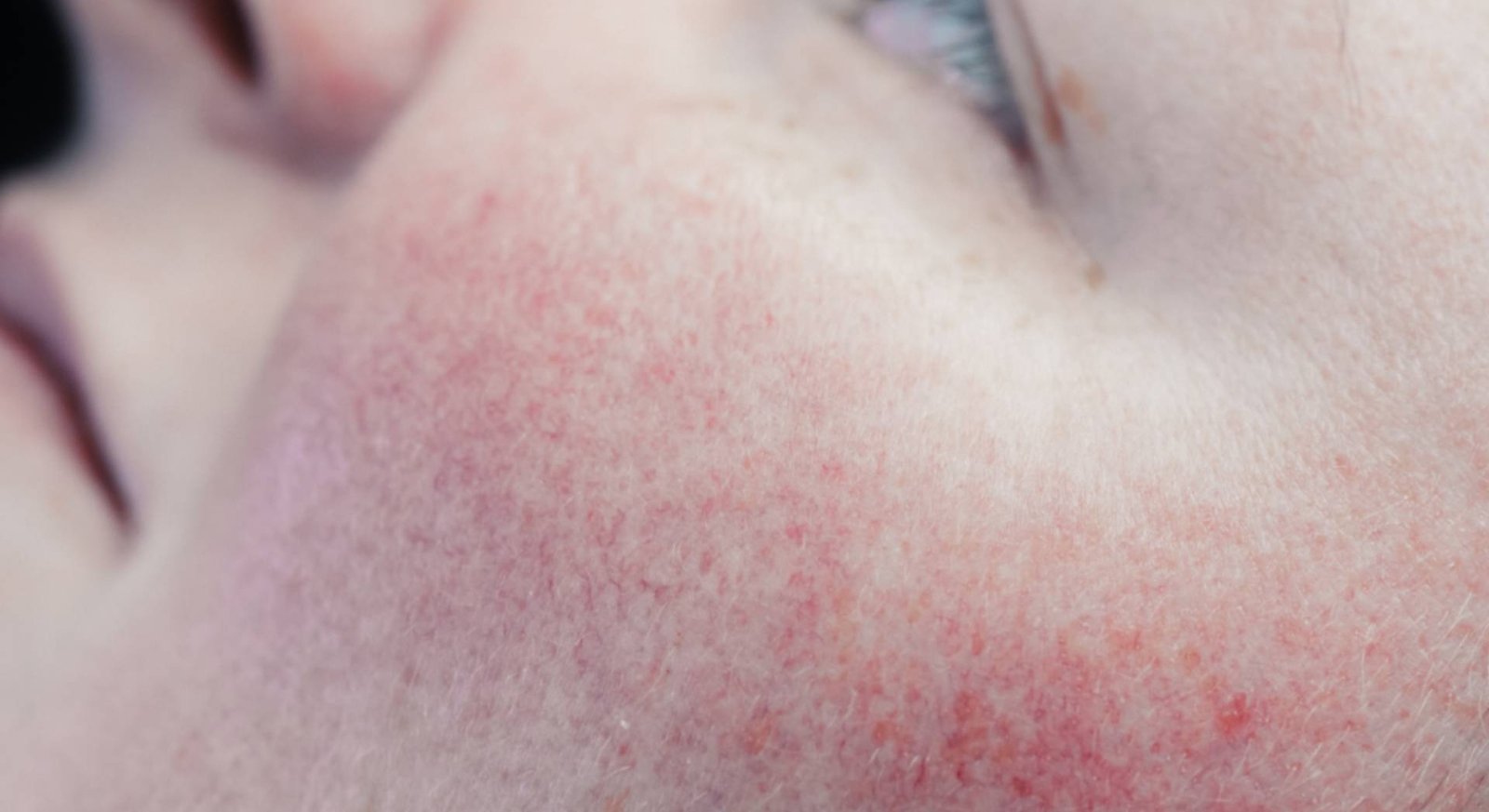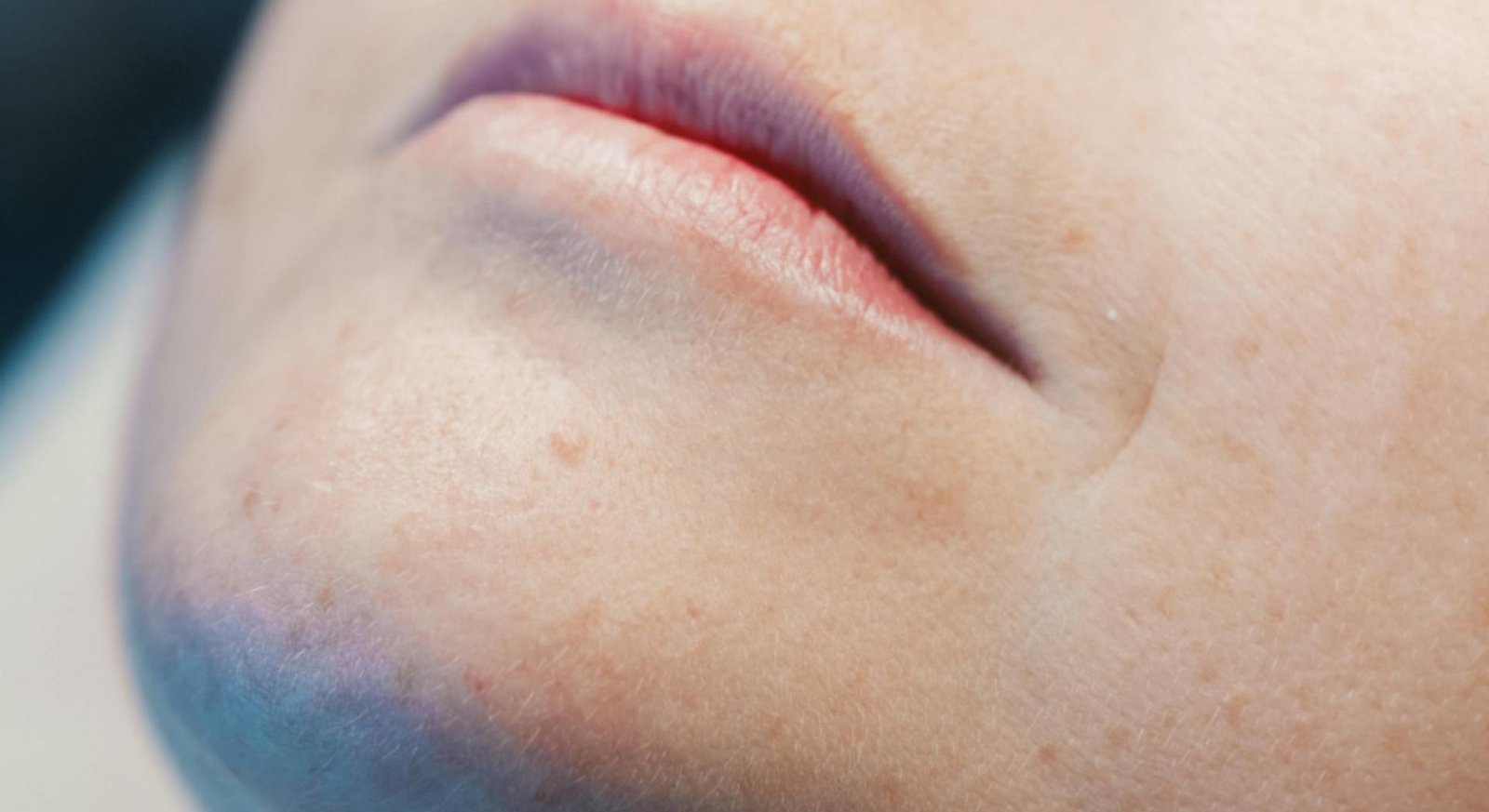We have all seen the rise in popularity of medical aesthetic treatments in recent times but did you know that in the UK it’s been so rapid that it has outpaced the development of regulatory frameworks?
This has created a bit of a grey area, where unclear rules and lack of proper guidelines opened the door to mistakes and poor practice. This lack of clear standards has led to safety concerns and addressing them has become a priority for the aesthetics industry.
Currently, 11% of people in the UK are getting non-surgical aesthetic treatments like fillers and Botox [7]. That’s a huge number, and with so many people turning to these procedures, ensuring a safe environment is more important than ever. With something as personal as your face or skin, safety standards for aesthetic procedures shouldn’t be taken lightly.
REGULATORY CHANGES
Despite playing catch-up, to address these growing concerns about safety in the aesthetics industry, the government introduced the UK Health and Care Act 2022 [7]. This move is all about enhancing the UK regulations to protect both patients and medical aesthetic practitioners [7].
One proposed part of the act is a licensing scheme that requires practitioners to be licensed for specific non-surgical aesthetic treatments [2]. Even the premises they work from must meet licensing requirements [2]. This shift, it is hoped, is more than just paperwork but a genuine effort at creating a professional and safe clinical environment for patients.
Holding aesthetic practitioners to higher standards ensures that they’re properly trained and operating in spaces that prioritise health and safety. At its core, this regulation is a much-needed step toward building trust in the aesthetic industry, setting clear expectations, and putting patients wellbeing first.

PATIENTS vs CLIENTS
In this context, it’s important to refer to individuals receiving treatments as patients rather than clients. This emphasis on this terminology is really important because it highlights that these procedures are not just about beauty, they’re medical procedures that go beyond superficial enhancement.
Such medical procedures regulated under the Health and Care Act 2022 include those involving the injection of substances through the epidermis, needle insertions, threading beneath the skin, or the application of light, heat, cold, or electricity [1][6]. High-risk treatments like Botox injections, dermal fillers, chemical peels, laser therapies, and microneedling fall into this category [1][7].
Ensuring patient terminology helps set the tone for what these treatments are and reinforces the medical aspects of these treatments, highlighting the importance of thorough training, proper licensing, and a clinical environment to prioritise patient safety and wellbeing.
In contrast, when the term client is used it implies a purely transactional, service-based relationship, which better fits the concept of spas and the services they provide [3]. However, the term patient reflects the medical nature of aesthetic treatments as they go beyond cosmetic enhancements, even addressing deeper issues like asymmetry, trauma, or medical conditions. It also encompasses emotional factors, even depression [3].
Given the medical complexity and the duty of care involved, referring to individuals as patients is more appropriate and aligns with the professional responsibility of medical aesthetic practitioners.


MAINTAINING PROFESSIONAL STANDARDS
The term patient also highlights the ethical and professional obligations that come with medical aesthetic procedures. It adds focus on obtaining informed consent, adherence to clinical guidelines, and maintaining high standards of hygiene and safety [1].
This aligns with UK regulations, where bodies like the Joint Council for Cosmetic Practitioners (JCCP) promote medically focused terminology. The JCCP aims to ensure public safety by helping individuals identify qualified practitioners and encouraging best practices in non-surgical aesthetics [1]. These efforts aim to minimise risks and improve patient care by emphasising structured assessments, thorough communication of risks and benefits, and documentation of written consent [1].
PRACTITIONER’S RESPONSIBILITY
Adopting the term patient over client means more than just the words you use, it’s also about your mindset and communication style to reflect the medical responsibility of aesthetic treatments. We advise medical aesthetic practitioners to ensure all their documents, treatment plans, and communications to consistently use patient terminology. This will reinforce the clinical nature of their services and align it with the regulatory standards of JCCP [5][8].
Furthermore, the medical-oriented approach begins from the consultation process itself where focus is put on explaining risks, side effects, and post-treatment care to patients, ensuring they feel informed and cared for every step of the way [4].
Practitioners should stay updated with the UK regulations and consider additional training to ensure they meet the standards that are set [4]. This can make a big difference. It’s empowering for medical aesthetic practitioners and promotes a better experience for patients as it enhances professionalism and also boosts patients’ safety and trust, making it a win-win all around.

Bibliography
- Acquisition Aesthetics. (2024). Aesthetic Practice and the Law What Practitioners Need to Know about Current Legislation. [online] Available at:
https://www.acquisitionaesthetics.co.uk/blog/aesthetic-practice-the-law/ - GOV.UK. (2023). The licensing of non-surgical cosmetic procedures in England. [online] Available at:
https://www.gov.uk/government/consultations/licensing-of-non-surgical-cosmetic-procedures/the-licensing-of-non-surgical-cosmetic-procedures-in-england - Hotta, T. (2017). Aesthetic Providers—Are We Caring for Patients or Clients? Nursingcenter.com, [online] 37(1), pp.1–3. Available at:
https://www.nursingcenter.com/journalarticle?Article_ID=4024418&Journal_ID=496448&Issue_ID=4024417 - JCCP and CPSA Code of Practice and Guidance for Practitioners Who Provide Cosmetic Interventions – Third Edition -March 2023. (2023). [online] JCCP. Available at:
https://www.jccp.org.uk/ckfinder/userfiles/files/Code%20of%20Practice%202023(1).pdf - PolicyBee. (2024). What are the UK’s aesthetics regulations? [online] Available at:
https://www.policybee.co.uk/blog/a-guide-to-aesthetics-regulations-uk - Sines, D. (2023). The Government’s consultation on ‘the licensing of non-surgical cosmetic procedures in England’. [online] Journal of Aesthetic Nursing. Available at:
https://www.aestheticnursing.co.uk/content/professional/the-governments-consultation-on-the-licensing-of-non-surgical-cosmetic-procedures-in-england/ - Smileworks Aesthetic Training HUB. (2024). New Regulations for Aesthetics 2024: What We Know So Far. [online] Available at:
https://smileworks-hub.co.uk/free-resources-news/new-regulations-for-aesthetics-2024/ - Taylor, J.-A. (2022). Regulation of facial aesthetics across the UK. [online] DDU Journal. Available at:
https://ddujournal.theddu.com/issue-archive/spring-2022/regulation-of-facial-aesthetics-across-the-uk







